Ball Mill Capacity and Power Consumption Relationship to Mill Speed

The accepted basis of comparisons between mills of different diameter is the percentage critical speed. If n = actual mill speed, rpm, nc = calculated critical speed, rpm, np = calculated percentage critical speed, and D = inside diameter of the mill in feet, In the following analysis capacity, T, is expressed in short tons […]
A Physical Explanation of the Empirical Laws of Comminution
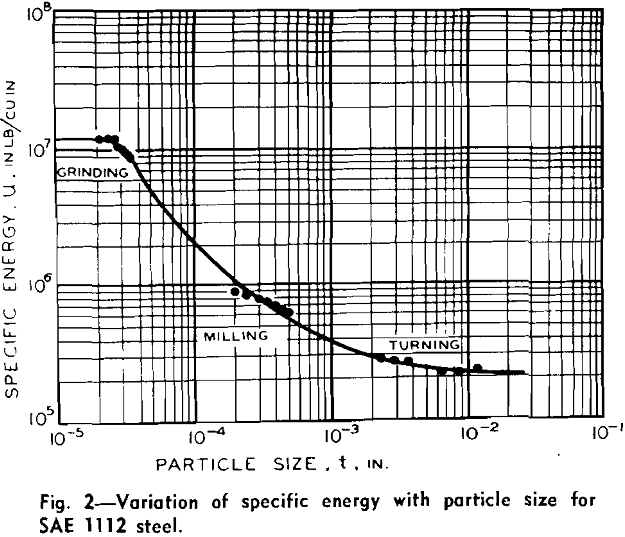
The laws of comminution of Kick and Rittinger have been debated for many years. Certain data obtained from ball mill and drop tests are found to be in approximate agreement with Rittinger’s law while other data would seem to support Kick’s law. In all these tests the energy required to produce a wide variety of […]
Molecular Interactions Between Frothers and Collectors

Froth flotation is usually effected by the addition of a collector agent and a frothing agent to an aqueous suspension of suitably comminuted mineral ores. The action of collectors is to adsorb onto the surfaces of minerals to be separated, sensitizing them to bubble adherence. The action of frothers has, in the past, been accepted […]
Flotation Characteristics of Pyrrhotite with Xanthates

Pyrrhotite has long been considered a gangue mineral to be eliminated as tailing in the treatment of various sulphide ores. However, in recent years the world-wide lack of sulphur resources has called attention to this mineral as a potential source of both sulphur and iron. Its importance as an economic mineral, however, has not been […]
Flotation – Gibbs Adsorption Equation
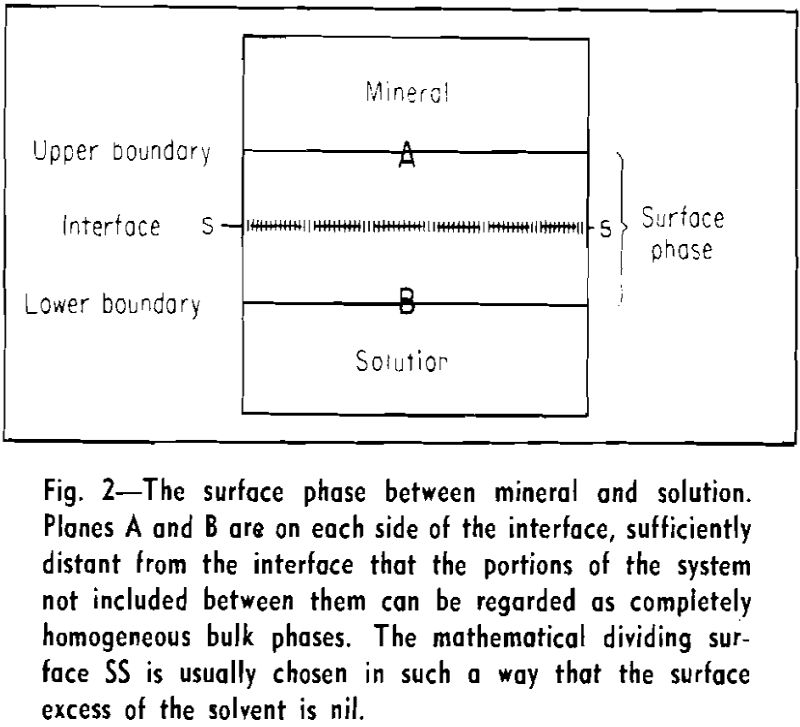
The technique of concentrating valuable minerals from lean ores by flotation depends upon the creation of a finite contact angle at the three-phase contact, mineral-water-air. If the mineral is completely wetted by the water phase, contact angle zero, there is no tendency for air bubbles to attach themselves to the mineral. The contact angle is […]
Sinter Testing

This report to the American iron and steel industry marks the completion of a 1949 survey of blast-furnace sinter practice sponsored by the Sub-committee on Agglomeration of Fines of the American Iron & Steel Institute. The use of sinter in blast furnaces, sinter properties, raw materials, and sinter plant operation have been reported recently. Each […]
Effects of Oxidation of Coal Flotation
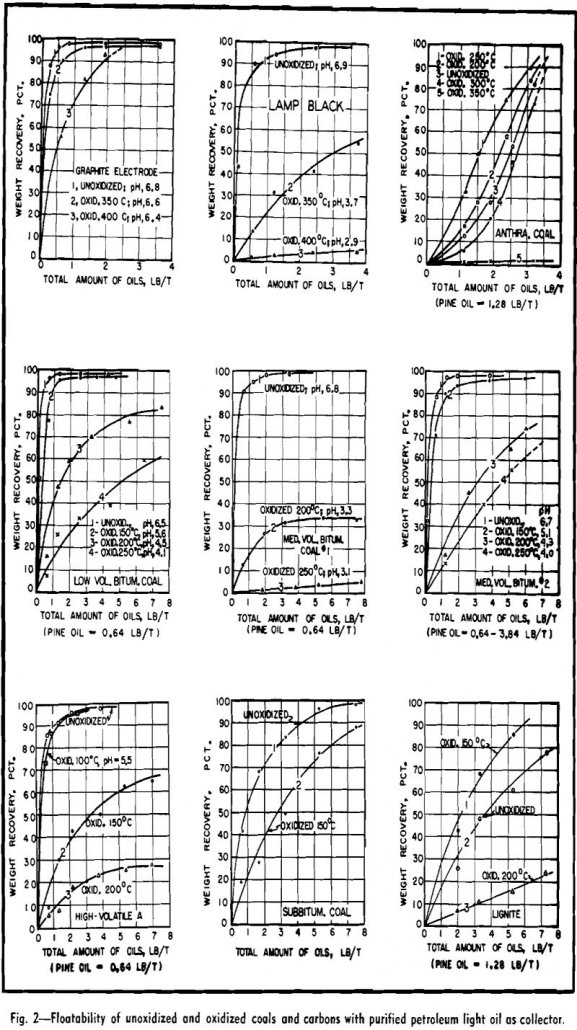
The effects of oxidation on the flotation behavior of sulphide minerals have been extensively studied, but no similar study has been made of coals. Coals of bituminous and lower rank undergo atmospheric oxidation during mining and storage, and their degree of oxidizing increases with temperature and time of exposure. The problem of recovering fine oxidized […]
How to Remove Silver from Lead Bullion
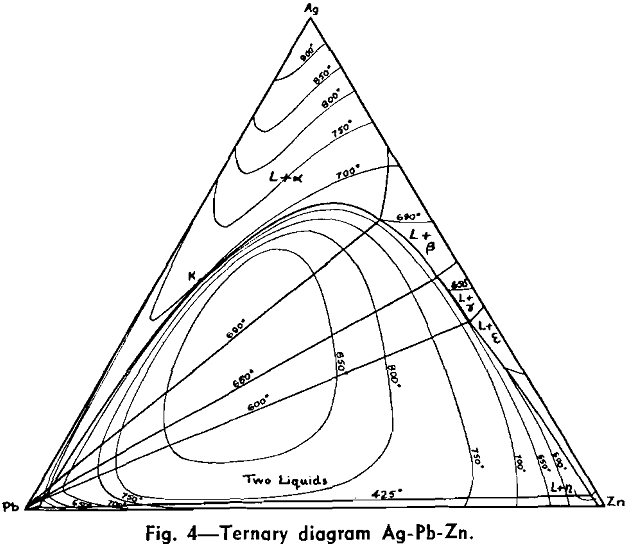
In 1947 the author became interested in the fundamental aspects of the desilverizing of lead by zinc, conducted some experimental work, and searched the technical literature for all available fundamental data. Since then a revival of interest in the subject in Europe resulted in the appearance of quite a number of papers. It became evident […]
Fundamentals of Mixing and Agitation

Mixers are being applied with increasing frequency to problems in the metallurgical industries. The increase represents in part the modernization of mechanical equipment used through the application of unitized drives, modern electric motors and speed reducers, and recently developed materials of construction. Some applications have resulted from process changes and the use of techniques for […]
Callow Flotation Cells – Design and Operation
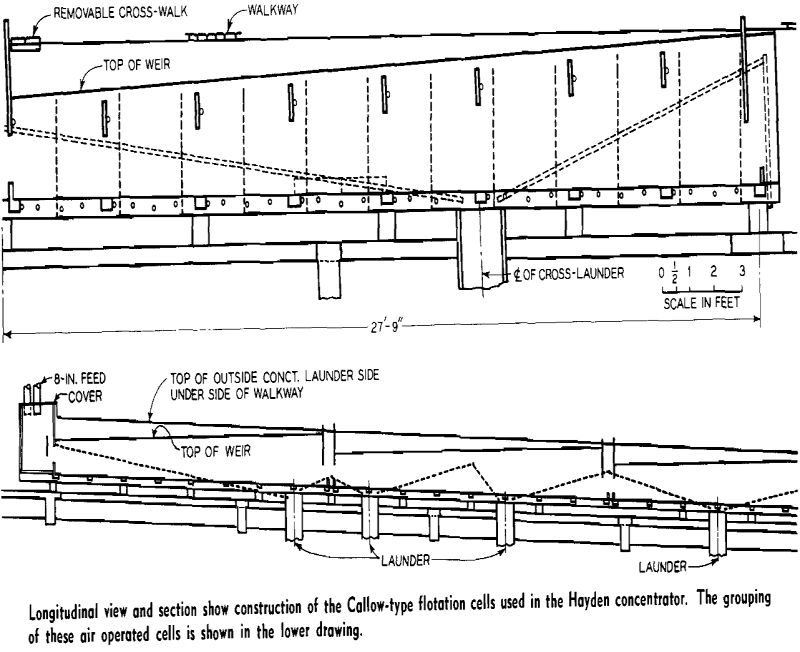
Callow-Type flotation cells, with various modifications, have been employed at the Hayden concentrator since 1917. Other flotation machines, such as matless-air and mechanically agitated types, which have been tested in competition, have failed to handle tonnages or give metallurgical results equal to the modified Callow-type cells on the Ray ores. While experimental work was conducted […]
